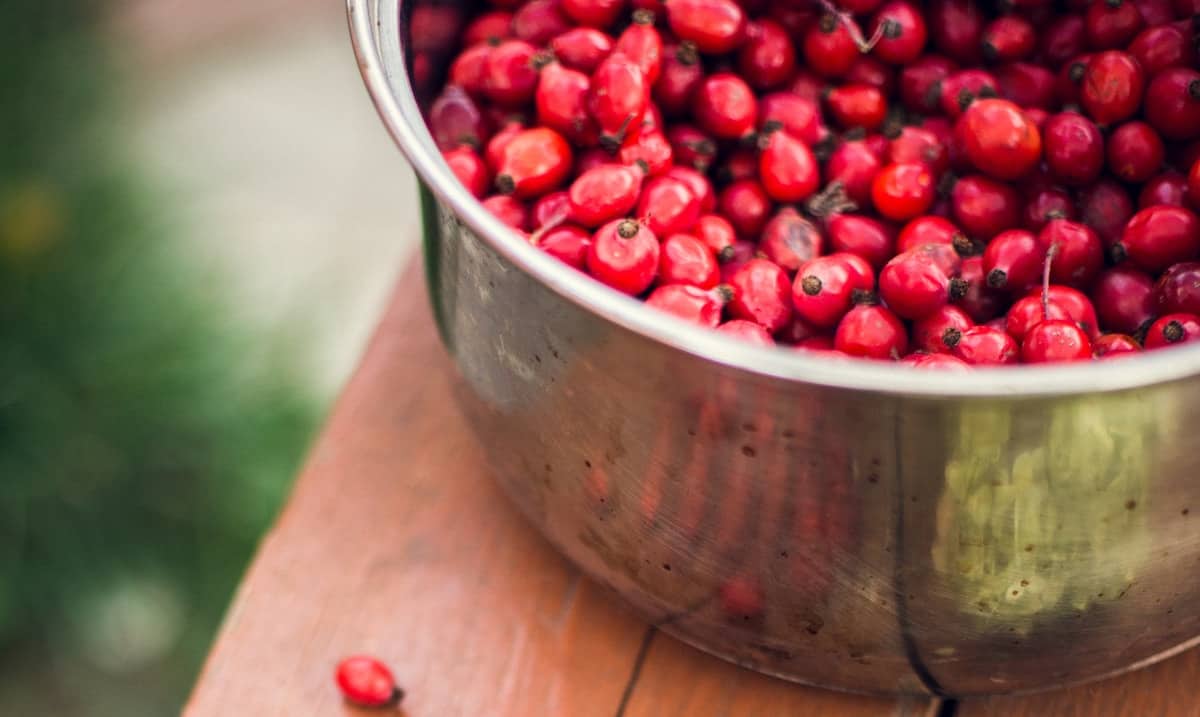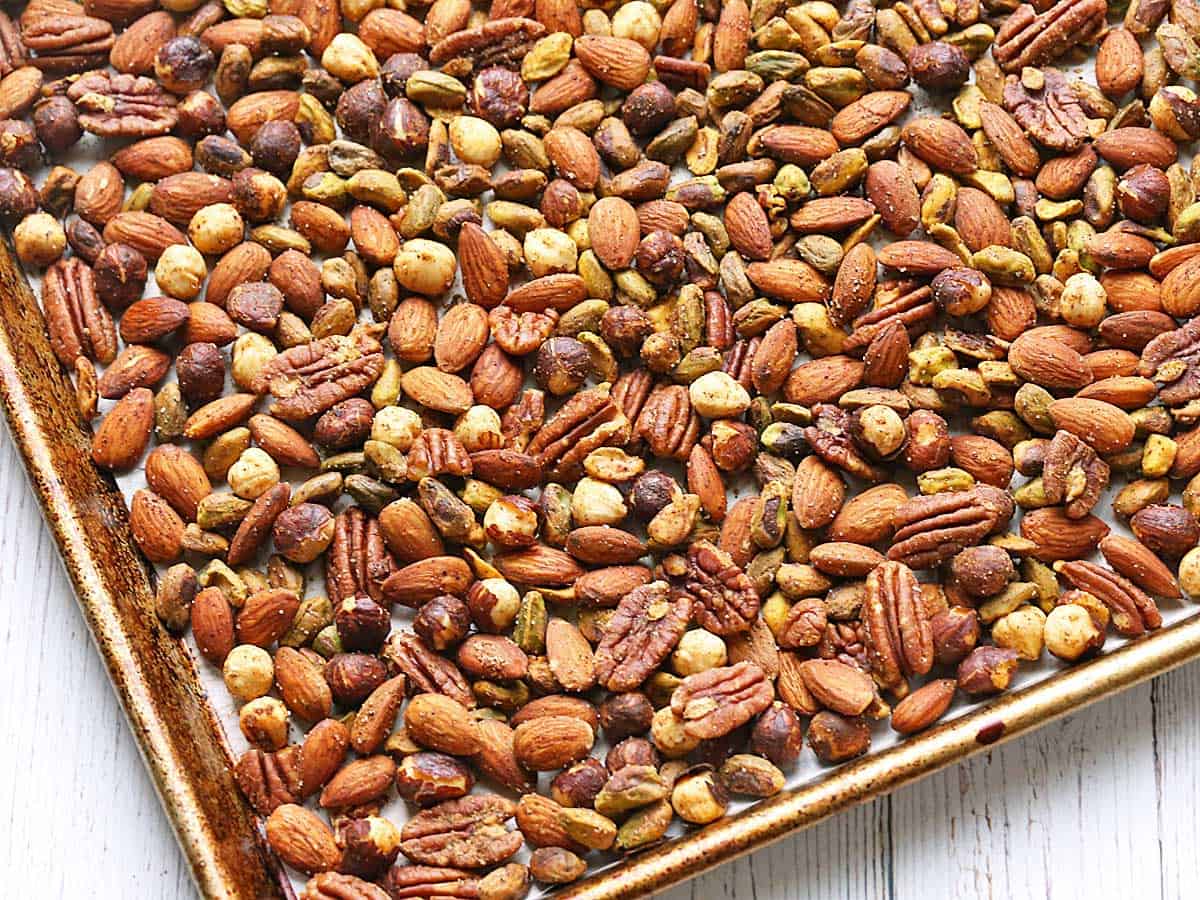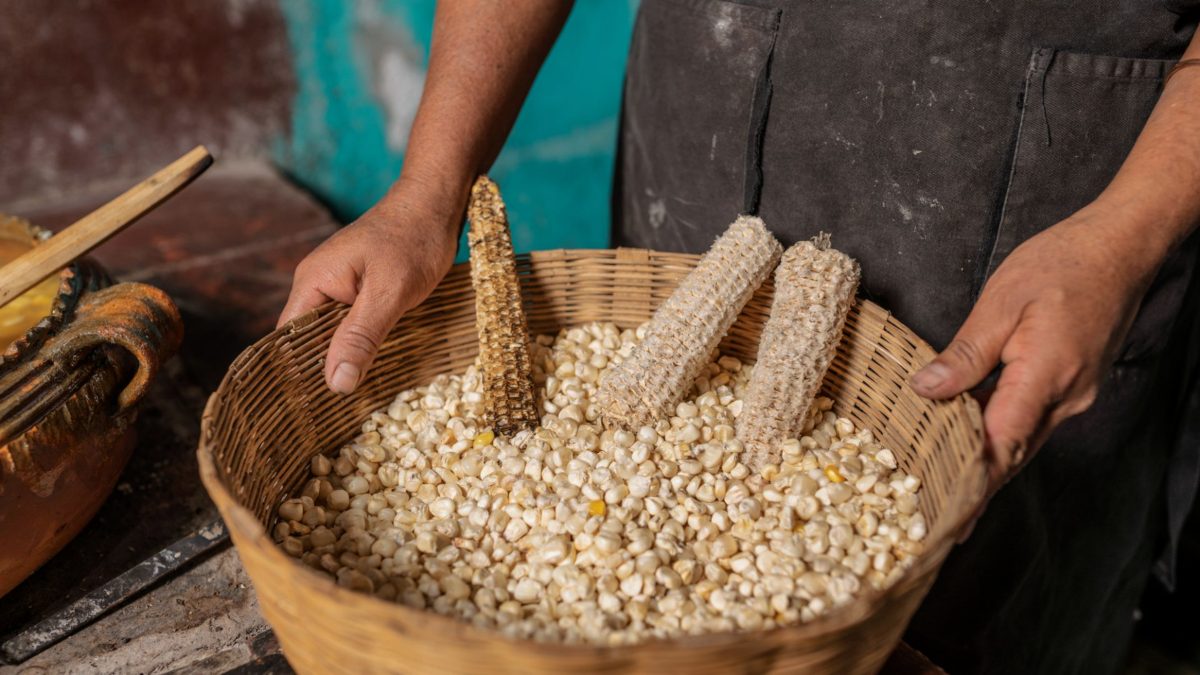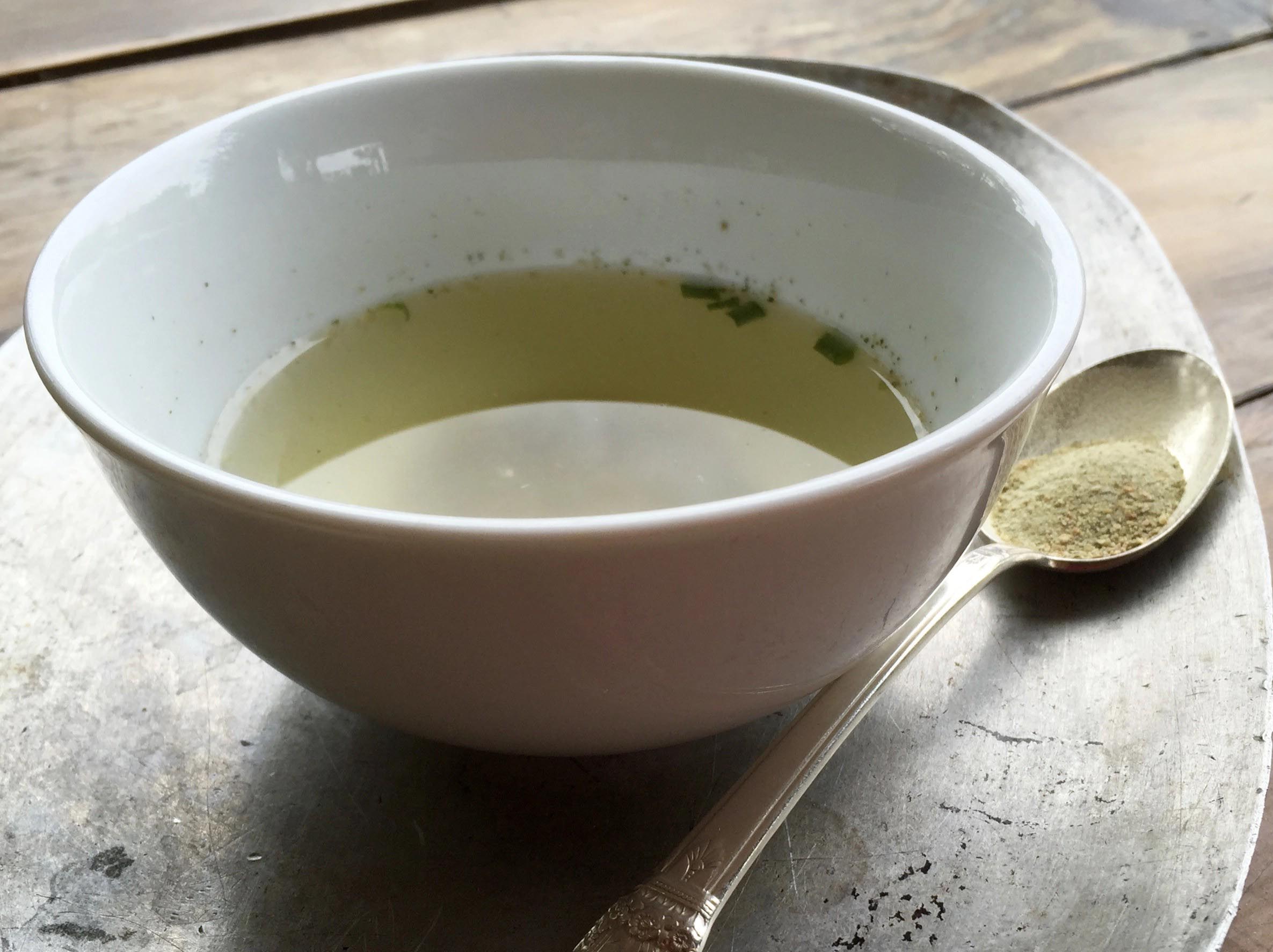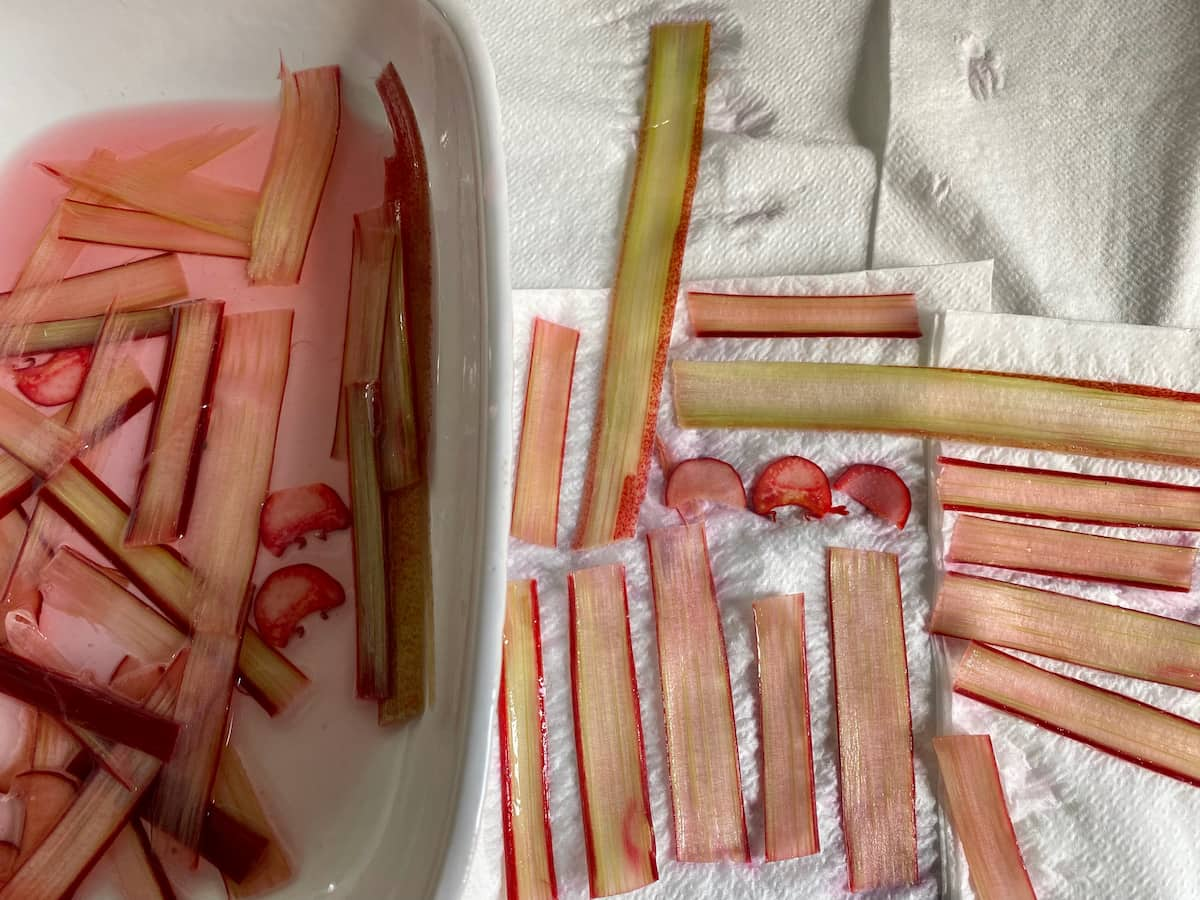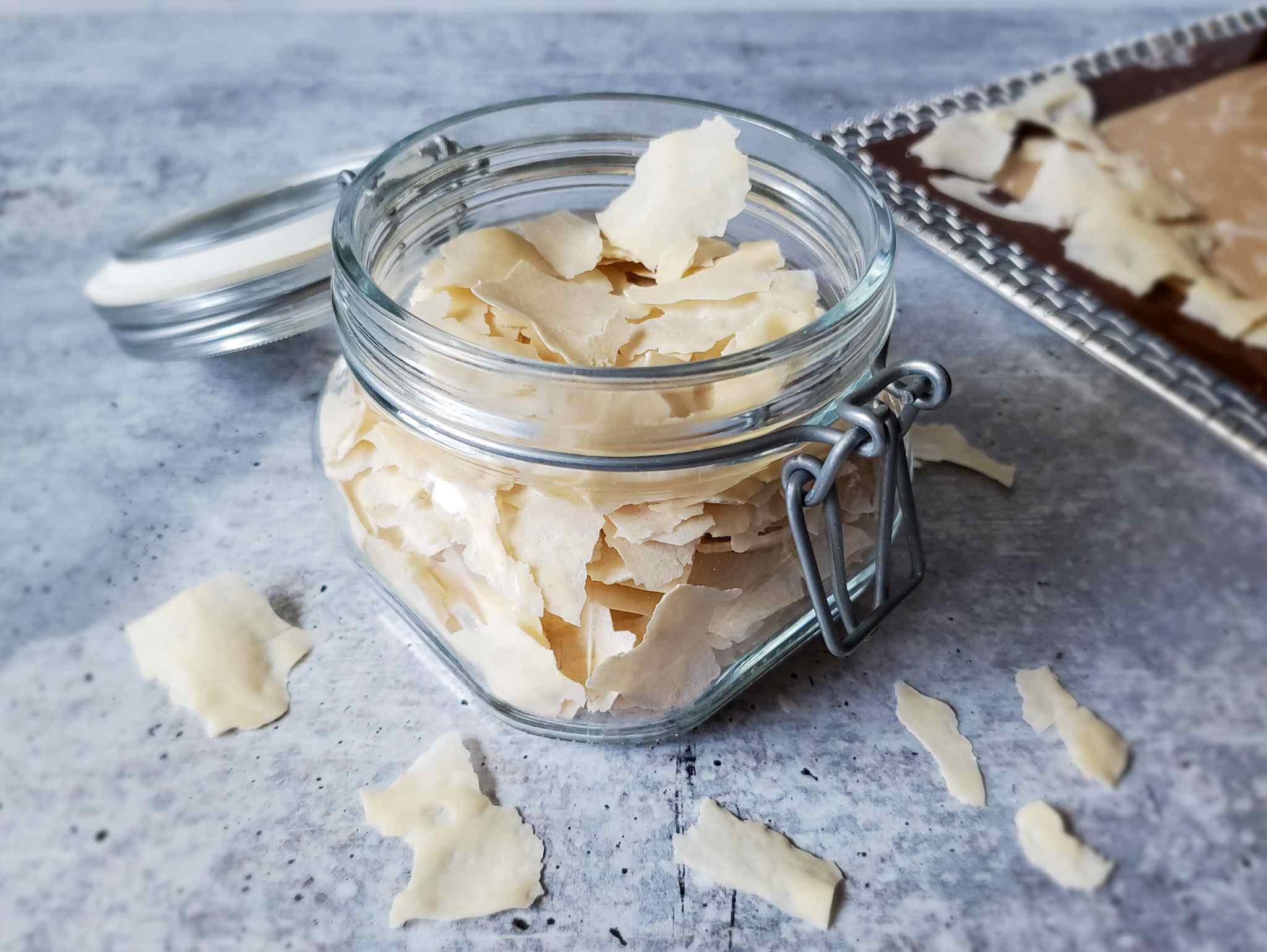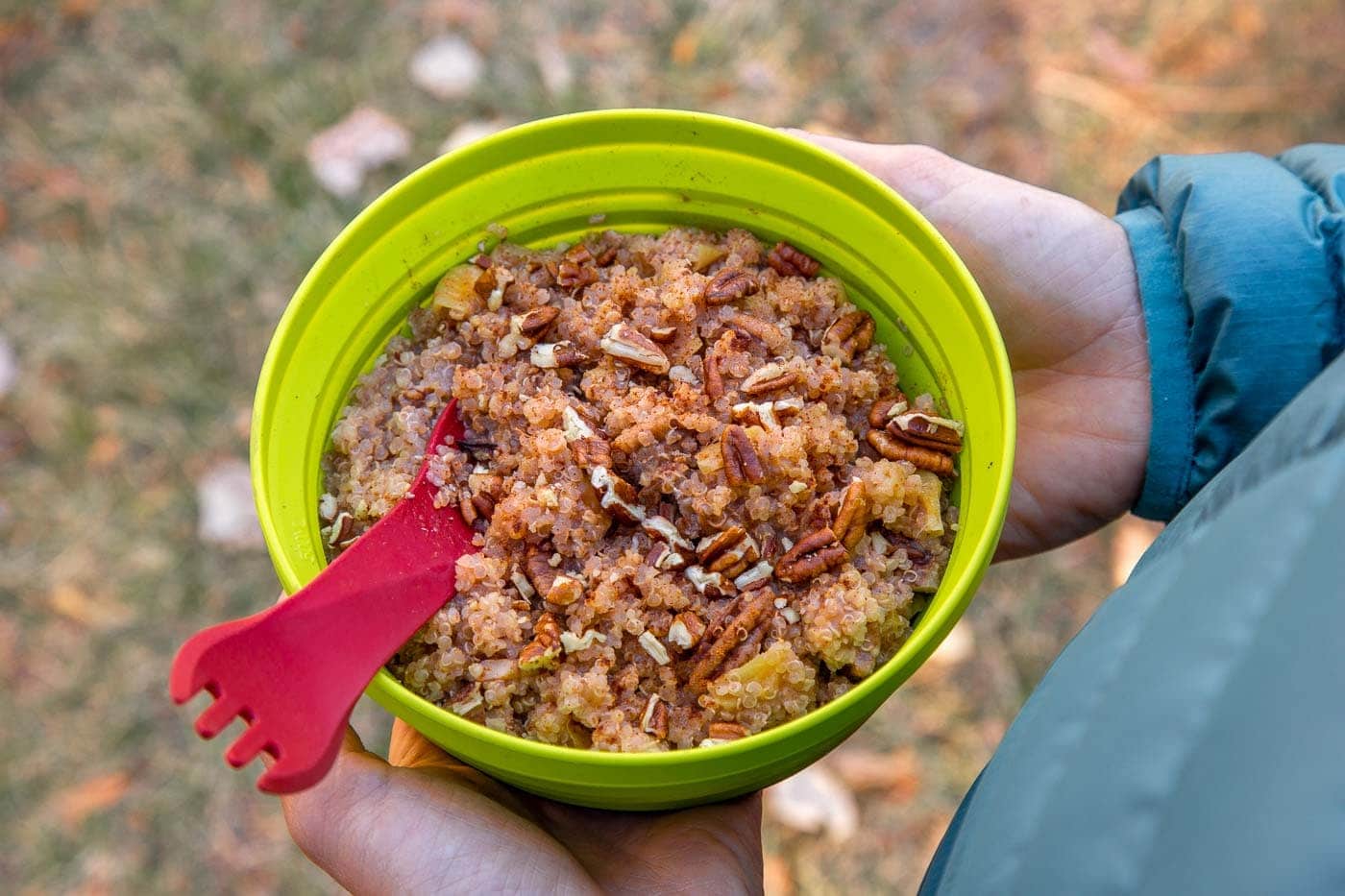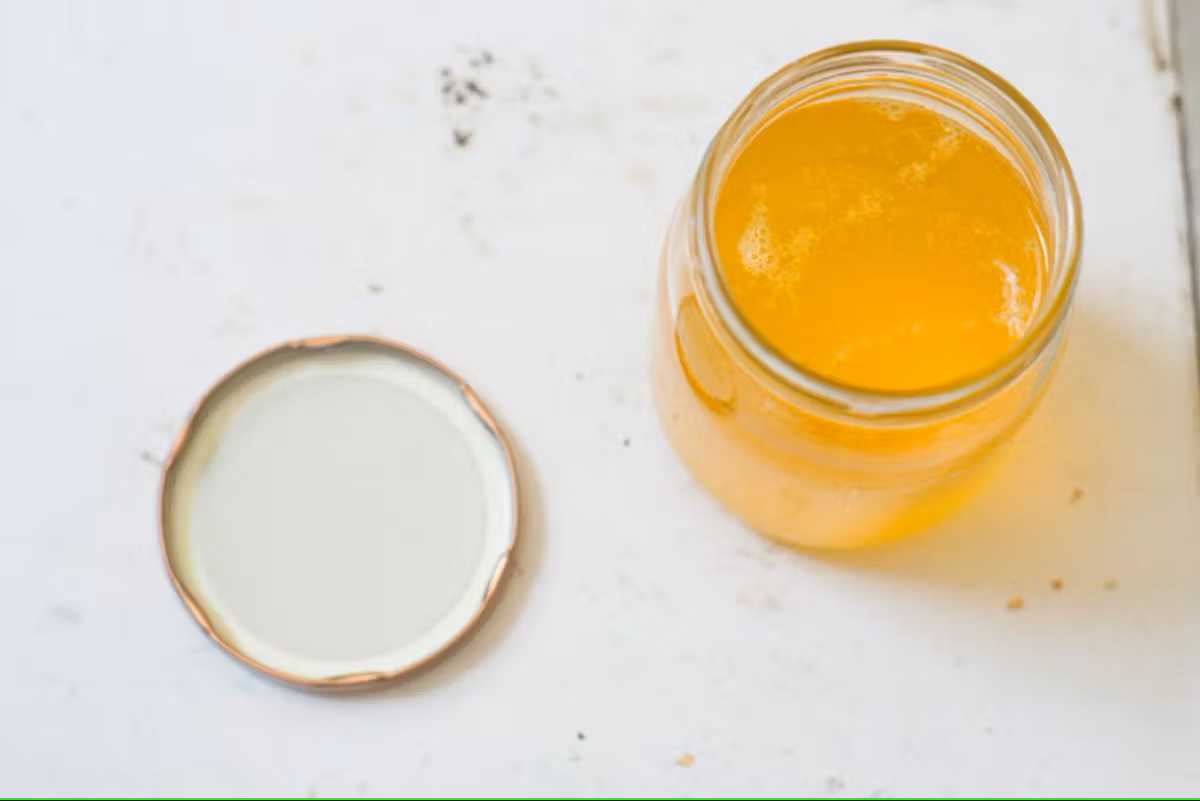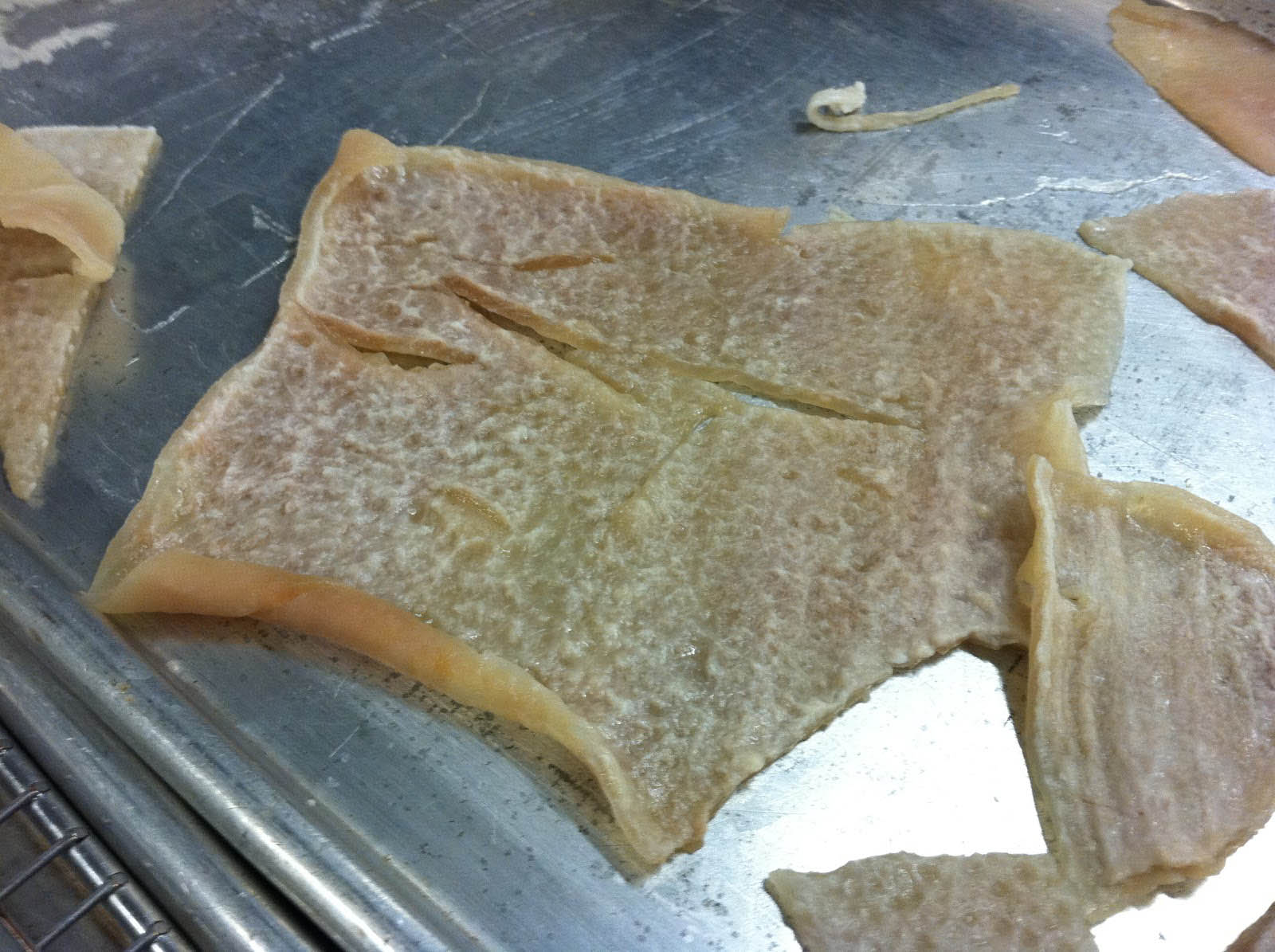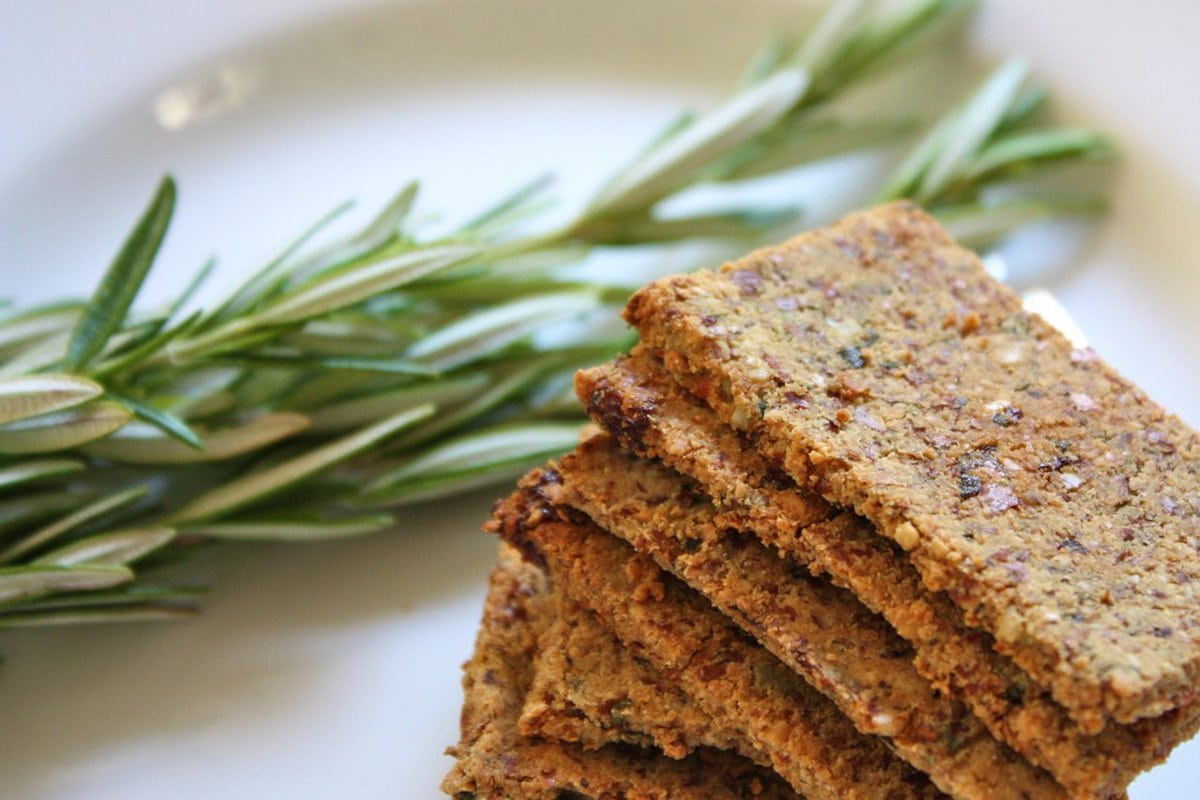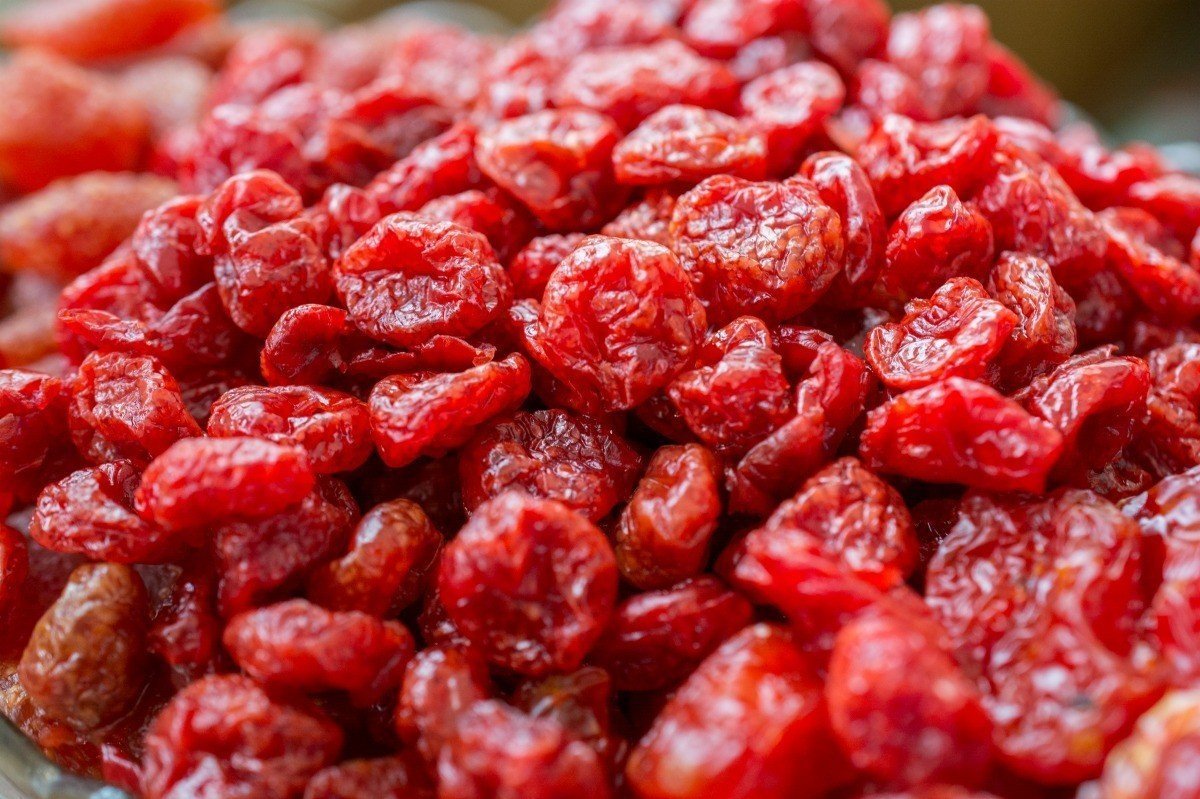Dehydrating Cayenne Peppers: A Flavorful and Versatile Process
Dehydrating cayenne peppers is a fantastic way to preserve their fiery flavor and create a versatile ingredient for use in a variety of dishes. Whether you want to make your own cayenne pepper powder or simply extend the shelf life of your peppers, dehydrating is a simple and effective method.
Why Dehydrate Cayenne Peppers?
There are several reasons why dehydrating cayenne peppers is a great idea:
- Preservation: Dehydrating cayenne peppers allows you to preserve them for much longer than if they were left fresh. This means you can enjoy their flavor and heat throughout the year.
- Convenience: Once dehydrated, cayenne peppers take up much less space, making them easier to store and transport.
- Versatility: Dehydrated cayenne peppers can be ground into a powder and used in a wide range of dishes, adding a kick of heat and flavor.
The Dehydration Process
Dehydrating cayenne peppers is a straightforward process that can be done using a few different methods:
- Air Drying: This method involves simply hanging the peppers in a warm, dry place until they are completely dehydrated. This can take several weeks, but it’s a simple and effective way to dry your peppers.
- Dehydrator: Using a food dehydrator is a quicker and more controlled method of dehydrating cayenne peppers. Simply spread the peppers out on the dehydrator trays and follow the manufacturer’s instructions for drying times and temperatures.
Whichever method you choose, it’s important to ensure that the peppers are completely dry before moving on to the next step.
Making Cayenne Pepper Powder
Once your cayenne peppers are fully dehydrated, you can grind them into a fine powder to use in your cooking. Here’s how to do it:
- Remove the Stems: Before grinding, make sure to remove the stems from the peppers.
- Grind the Peppers: Use a spice grinder or blender to grind the dried peppers into a fine powder. Be sure to handle the powder carefully, as the capsaicin in cayenne peppers can irritate the skin and eyes.
- Store the Powder: Once ground, store your cayenne pepper powder in an airtight container in a cool, dark place to maintain its flavor and potency.
Using Dehydrated Cayenne Peppers
Once you have your dehydrated cayenne peppers and cayenne pepper powder, the culinary possibilities are endless. Here are a few ideas for using them:
- Spice Blends: Add cayenne pepper powder to homemade spice blends for an extra kick.
- Cooking: Use dehydrated cayenne peppers in soups, stews, and sauces for a burst of heat and flavor.
- Infused Oils: Create your own spicy infused oils by adding dehydrated cayenne peppers to a high-quality oil and letting it sit for a few weeks.
Dehydrating cayenne peppers is a simple and rewarding process that opens up a world of culinary opportunities. Whether you’re a fan of fiery heat or just want to add a little extra flavor to your dishes, dehydrated cayenne peppers are a fantastic ingredient to have on hand.
So, next time you have an abundance of cayenne peppers, consider dehydrating them to enjoy their flavor and heat all year round!
Using the guide on how to dehydrate cayenne peppers, readers can dive into some fantastic recipes that truly let the spice shine. For an intense burst of flavor, try out Fiery Chili Con Carne, which pairs perfectly with the rich, smoky taste of dried cayenne peppers. Those with a taste for Mexican cuisine will love the Spicy Beef Tacos, delivering a punch of heat that complements the beef wonderfully. A heartwarming bowl of Spicy Tomato Soup is another great way to use dehydrated cayenne peppers, adding a fiery depth to the classic comfort dish. For a robust and satisfying meal, don't miss the Spicy Lentil Stew, where the cayenne pepper elevates the earthy flavors of lentils. And if you're looking for a snack with a kick, Zesty Cayenne Pepper Popcorn will become your new favorite. These recipes not only make the most of dehydrated cayenne peppers but also bring a versatile heat to your kitchen adventures.
Was this page helpful?
Read Next: How To Dehydrate Jalapeno Peppers
